6. L’avventura (1960, Michelangelo Antonioni)
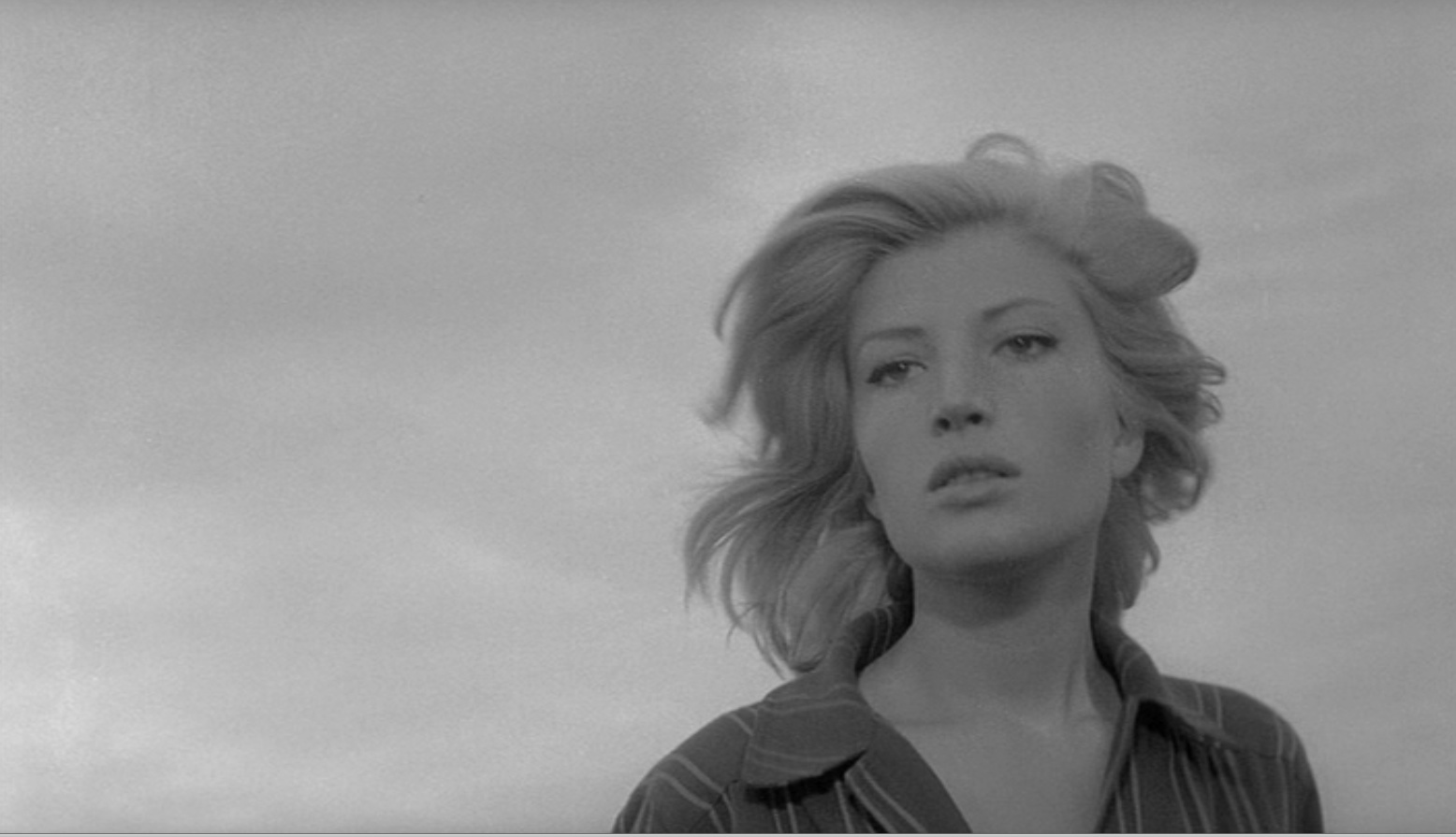
“L’avventura” starts with the disappearance of a young woman named Anna (Lea Massari) during a yacht trip along the Sicilian coast. Her boyfriend, Sandro (Gabriele Ferzetti), and her best friend, Claudia (Monica Vitti) start searching for her, and during the course of this search they start falling in love with each other.
Michelangelo Antonioni is perhaps one of those filmmakers whose style you really have to appreciate in order to comprehend his work. There are dominant themes within Antonioni’s work such as loss and identity; however, one main notion is that that his characters are wanderers. In a sense, they are people who are always travelling and always looking for something even if they do not know what that something really is. In “Zabriskie Point”, “The Passenger” or “Identification of a Woman”, Antonioni’s characters are wandering around searching for answers for a certain problem as they keep finding more issues within themselves.
In Antonioni’s trilogy, in which “L’avventura” is a part, the characters, despite travelling around, seem to be analysing themselves through the relationships they have with others; in doing so, they discover themselves as they reveal themselves to others.
In “L’avventura”, Sandro and Claudia launch a wide search for the missing Anna. But parallel to this, they’re the ones who seemed to have gone missing a long time ago and only now seem to find scattered pieces of themselves in this foreign land, and specifically by developing a closer relationship with each other.
An example of this is when Sandro discloses to Claudia: “Did you know that when I was a boy I wanted to be a diplomat? Can you imagine that! Me, a diplomat? It’s strange, but I never thought I’d be rich. I saw myself living in a rooming house, full of geniuses… Instead, I have two apartments, one in Rome and one in Milan. As far as genius goes, it’s a habit I’ve never formed. What do you think of that?”
Other great films directed by Michelangelo Antonioni: (In Italy) Story of a Love Affair (1950), Il Grido (1957), La Notte (1961), L’eclisse (1962), Red Desert (1964), The Passenger (1975); Blow-up (1966).
7. Salvatore Giuliano (1962, Francesco Rosi)
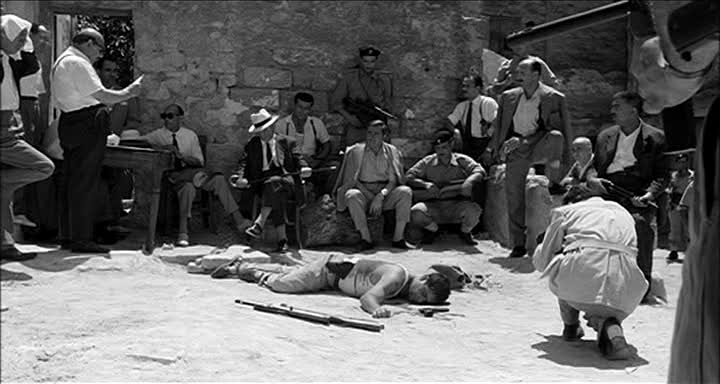
Shot in exact locations and with the participation of a number of native Sicilians who dealt with Giuliano in real life, Francesco Rosi’s film presents, in a non-linear style, the story behind the death of Salvatore Giuliano, a bandit who achieved a prominent position within Sicilia’s community by being one of Italy’s most wanted criminals, as well as one of the most important figures in the Movement for the Independence of Sicily that followed the end of World War II.
As Scorsese points out in his words about this film, it’s quite complex, because it lacks of a main character or rather something solid that would bind the entire film. But this sense of unity is given through the many voices and places heard and seen throughout the film; it is a community, and its values evolve.
It has a sense of belonging that is noticeable through the way people behave, their language, their passion, their beliefs. “Salvatore Giuliano” is a portrait of Sicily and Sicilians and what that means and implies.
Other interesting films by Francesco Rossi: Hands Over the City (1963), Many Wars Ago (1970), The Mattei Affair (1972), Illustrious Corpses (1976), Christ Stopped at Ebodi (1979), Carmen (1984) among others.
8. 8 ½ (1963, Federico Fellini)
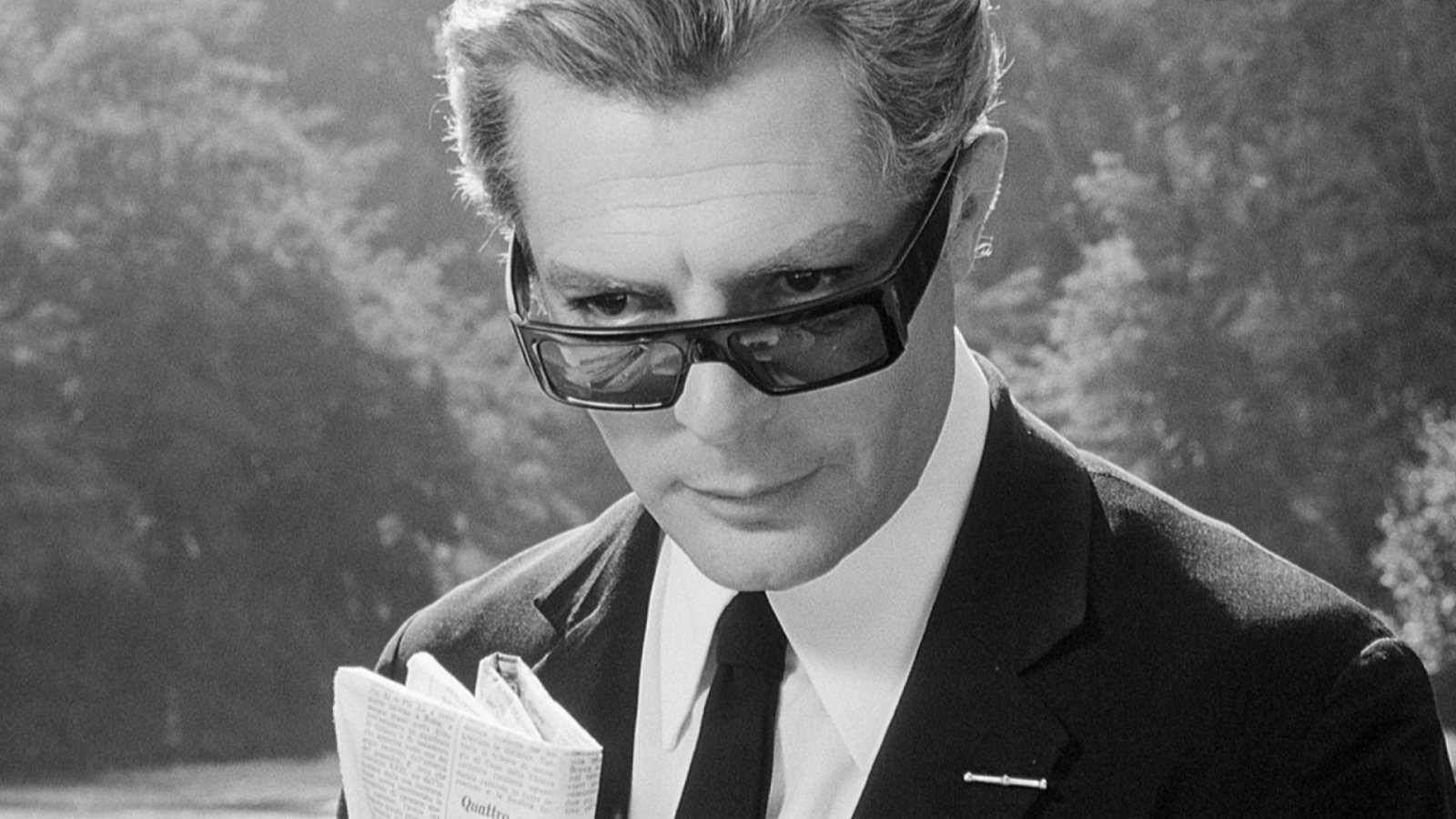
In one of Marcello Mastroianni’s and director Federico Fellini’s greatest career achievements, “8½” narrates the story of a man named Guido Anselmi (Marcello Mastroianni), a famed film director whose life is about to collapse, both professionally and personally. Professionally, Guido faces a creative block while in the pre-production of a new science fiction film; personally, he faces marital troubles related to his spirited lover, Carla (Sandra Milo).
This is perhaps one of the first films one talks about when introducing someone to Italian cinema (besides neo-realist films), since it has been praised as one of the greatest Italian films in the country’s history. However, what is interesting about this film is the fact that it is ‘meta-cinematic’; meaning, it’s as if Fellini had informed the spectator before the film: “you are watching a film about a film.”
This meta-cinematic element comes from the fact that “8½” is about a filmmaker and his creative process as he develops an object of art – a film. It was also made during a particular instance in Fellini’s life where, upon having reached international recognition with his film “The Night of Cabiria”, he faced the pressure of surpassing his success, of becoming even more successful. Plus, the film features great black-and-white cinematography that adds much to the already fantastic compositions.
Other essential films directed by Federico Fellini: I Vitelloni (1953), La Strada (1954), Nights of Cabiria (1957), La Dolce Vita (1960), Juliet of the Spirits (1965), Satyricon (1969), Roma (1972), Amarcord (1973), City of Women (1980) or And the Ship Sails On (1983).
9. Contempt (1963, Jean-Luc Godard)
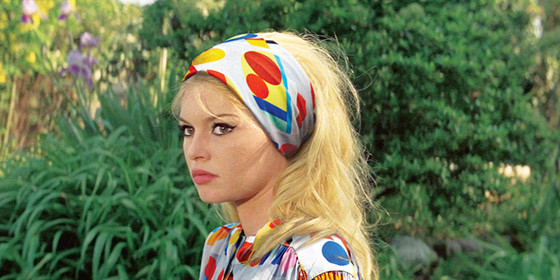
The subject of Jean-Luc Godard’s “Contempt” (1963) is an established screenwriter named Paul Javal (Michel Piccoli). Javal is hired by an eccentric American film producer, Jeremy Prokosch (Jack Palance), who plans on filming an adaptation of Homer’s Odyssey, but has since grown dissatisfied with the material. Reunited with the film’s director, Fritz Lang (played by Mr. Lang himself), he hopes that Javal can work as a script doctor. In the meantime, Javal also has to deal with the growing detachment of his young wife, Camille (Brigitte Bardot).
This film has beautiful dialogue, between two different visions that touch upon the same subject: film. What is film? What does it have to obey in order to be a work of art? In order to be successful?
However, aside from these questions which are quite puzzling, “Contempt” is also about human nature and relationships and how the relationships we have with ourselves and other people can shape our thoughts and feelings, and how is this translated in our work and in our actions. Conduct and ideas are therefore at the film’s centre, and are featured in the relationship characters maintain with each other. And Ulysses’ legend is an example of what happened between Paul and Camille:
Paul Javal: Ulysses doesn’t rush home to Ithaca, because he was unhappy with Penelope even before he went off. Had he been happy, he’d have stayed home. He used the Trojan war to get away from his wife.
Fritz Lang: He killed her suitors, didn’t he?
Paul Javal: That can be justified by the fact that Ulysses had told Penelope to give in and accept the gifts. He didn’t see the suitors as serious threats. He didn’t throw them out, to avoid a scandal. Knowing Penelope to be faithful, he told her to be nice to the suitors. I think that’s when Penelope, who at heart is a simple woman, began to despise him. She stopped loving Ulysses because of his conduct and she told him so. Ulysses then realized too late he’d lost Penelope’s love because he’d been overly cautious. The only way to win her back was to murder the suitors.
Fritz Lang: Death is no resolution.
Other interesting films directed by Jean-Luc Godard: Breathless (1960), A Woman is a Woman (1961), Vivre Sa Vie (1962), Band of Outsiders (1964), Pierrot Le Fou and Alphaville (1965), Made in U.S.A (1966), La Chinoise (1967)
10. The Leopard (1963, Luchino Visconti)
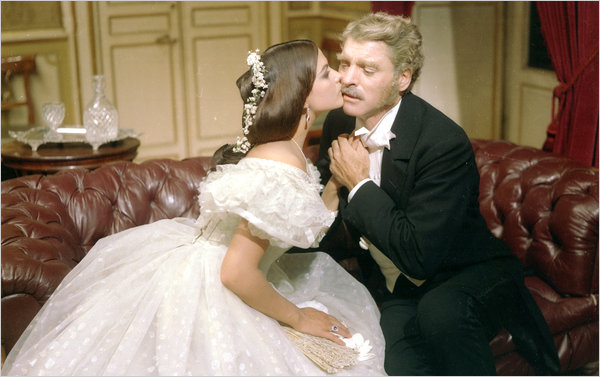
Luchino Visconti initially had the impression that Burt Lancaster was just a cowboy and had trouble casting him in the film’s leading role. However, in 1963’s “The Leopard”, Lancaster would give one of his most memorable performances as Don Fabrizio Corbera.
Fabrizio Corbera is the main figure of this epic film set during the Italian Unification, a time where the aristocratic values and the aristocratic class itself lost most of its importance and prominence in Italy’s social, economic, and political grounds. Corbera is an aged man who assists in the change of times through various events and people; in particular, through the actions of his nephew and the young man’s fiancée, Tancredi Falconeri (Alain Delon) and Angelica Sedara (Claudia Cardinale), respectively.
For those who love historical films or epics, this is one of the best examples of one; in fact, Visconti is really one of the best directors I have encountered who truly gets the importance and the elements that an epic film must feature. His films are full of life and feeling, even in the simplest situation and in the tiniest detail.
“The Damned”, “Ludwig” and “Senso” are other examples of epics made by the director; however, “The Leopard” gained a particular advantage above the others, generally speaking, due to the way it evokes the value and importance of memory.
And it does this by magnificently getting great performances out of its actors, by choreographing each scene with exhaustive depth and detail. It truly is a moving portrait and like Orson Welles’ “The Magnificent Ambersons”, it is a film that focuses on the change of time, and more importantly, it gives us a glimpse of not only what was lost, but also the consequences of that loss.
Other films by Luchino Visconti: Ossessione (1943), La Terra Trema (1948), Bellissima (1951), Senso (1954), The White Nights (1957), Rocco and His Brothers (1960), Sandra (1965), The Damned (1969), Death in Venice (1971), Ludwig (1972), L’innocente (1976).